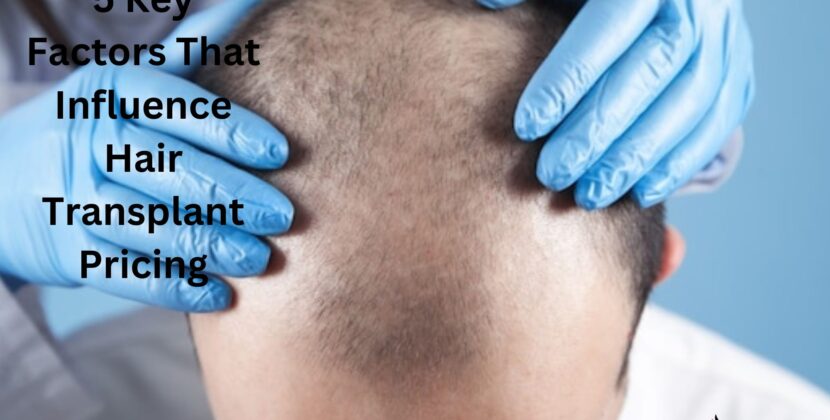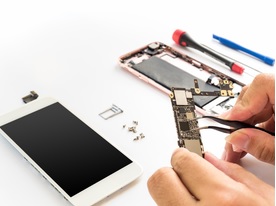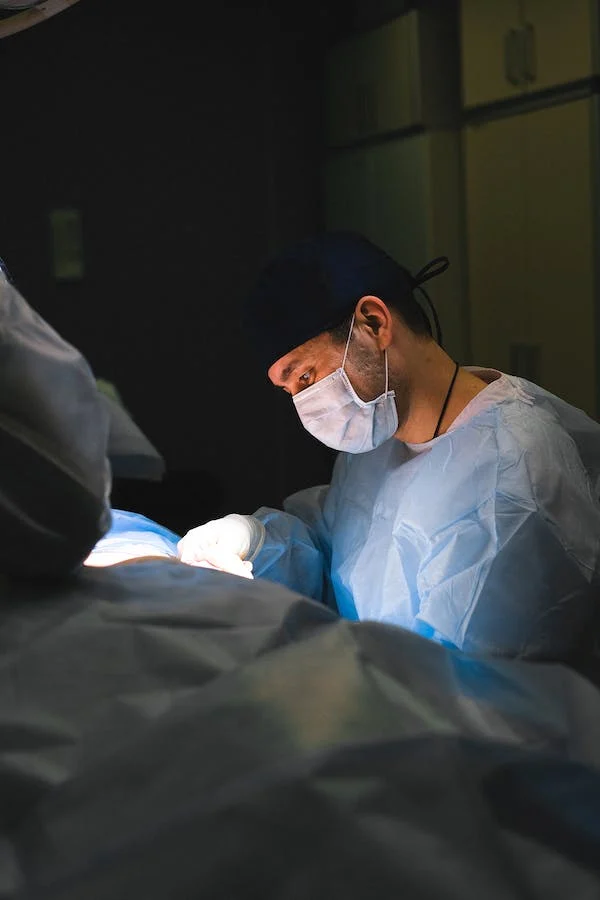
Circumcision is a non-surgical operation performed on babies and adults alike, typically during the first month after birth or shortly thereafter.
Circumcision is usually painless, but it can be traumatic for some individuals. It may also lead to psychological problems such as post-traumatic stress disorder
The Procedure
Circumcision is a surgical procedure that removes the foreskin covering the head of the penis (glans). It’s most often performed on babies, but can also be performed on older boys and adults.
Generally, the procedure is safe and successful, though some complications can arise. These include skin issues, bleeding and infection.
A healthcare provider will use local anesthesia to numb the area where the penis is to be circumcised. This may be administered at its base, in its shaft, or applied as a cream.
There are other numbing medications that may be utilized. These tend to be more successful at relieving pain in adults than newborns.
No matter if you opt for or against circumcision for your child, it is essential that you discuss the procedure with a healthcare provider first. Doing so will give you all of the benefits and potential risks associated with it.
Preparation
Circumcision is typically performed on newborns and young boys by a pediatrician, obstetrician, family medicine doctor, surgeon or urologist. For older children and adults the procedure can often be completed as an outpatient at a hospital or surgery center.
Newborn circumcision is typically painless and does not pose any long-term issues. It may reduce the risk of certain illnesses in infants, like gonorrhea or chlamydia trachomatis, as well as decreasing the likelihood of developing cancer of the penis later in life.
Additionally, taking antivirals may help to reduce the risk of HIV, HPV, and syphilis infection in adulthood; however, this is not a guarantee.
To remove the skin around the foreskin, dissolvable stitches will be used to close it off. An ointment will then be applied to the head of the penis before wrapping in gauze for cleanliness and drying. Healing usually takes 7-10 days at this point.
Anesthesia
Circumcision surgery is typically performed as an outpatient at a hospital or surgical center. Anesthesia is administered intravenously, putting the patient to sleep so they remain still during the procedure.
Local, regional and general anesthesia are the three primary types of anesthesia. Local anesthesia is usually employed for pain relief during and after circumcision; while regional anesthesia may be employed for more complicated surgeries.
Before any surgical procedure, a comprehensive preoperative examination should be conducted. This includes an assessment of the patient’s birth history, medical conditions, medications taken, allergies and family history of anesthetic issues. medically precarious conditions may pose a significant risk of hemodynamic compromise during anesthesia and/or surgery, necessitating resuscitation and/or transfusion. Therefore, an interdisciplinary team approach to caring for patients undergoing circumcision is essential.
Post-Operative Care
After surgery, patients will require ongoing post-operative care to guarantee they are recovering optimally. This may include pain management, wound care and other services as needed.foreskin surgery in adelaide
Depending on the type of surgery, patients can receive post-operative care at either a hospital or day surgery center. In a hospital setting, this typically lasts several days or longer.
Nurses must inspect wounds for signs of infection, change dressings and monitor fluid intake as well as any drains, IVs or catheters that may remain in place. These tasks are essential in avoiding complications like deep vein thrombosis (DVT) and urinary tract infections.
Nurses should monitor a patient’s pain level and make every effort to control it. This may necessitate pressing several buttons simultaneously in order to administer medication for pain management. Maintaining an acceptable pain level improves the patient’s capacity to perform breathing exercises, cough, and ambulate comfortably.











